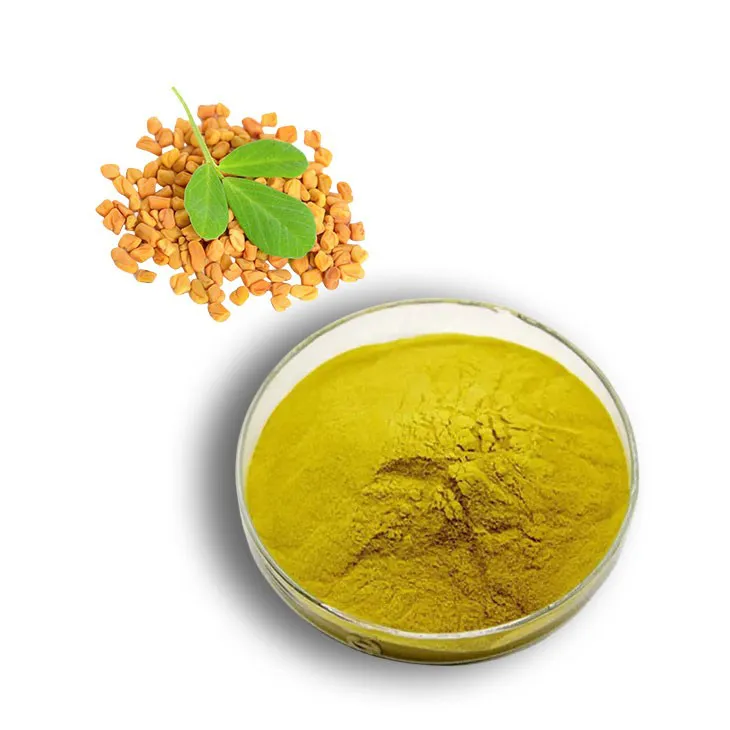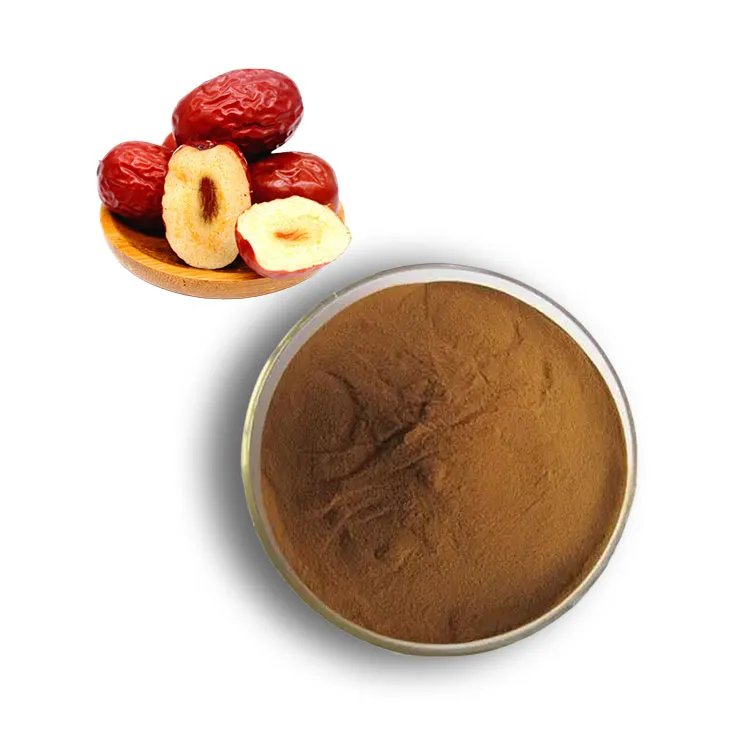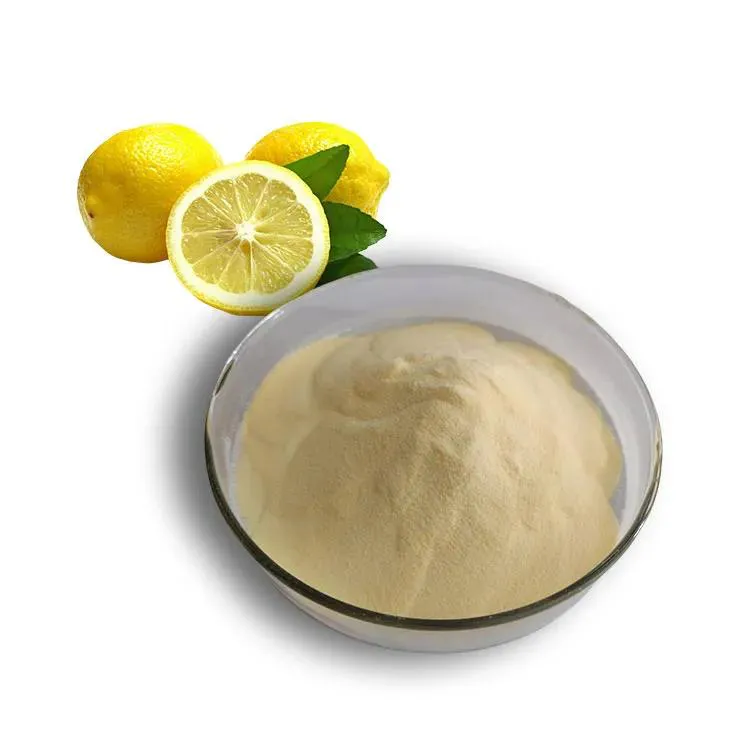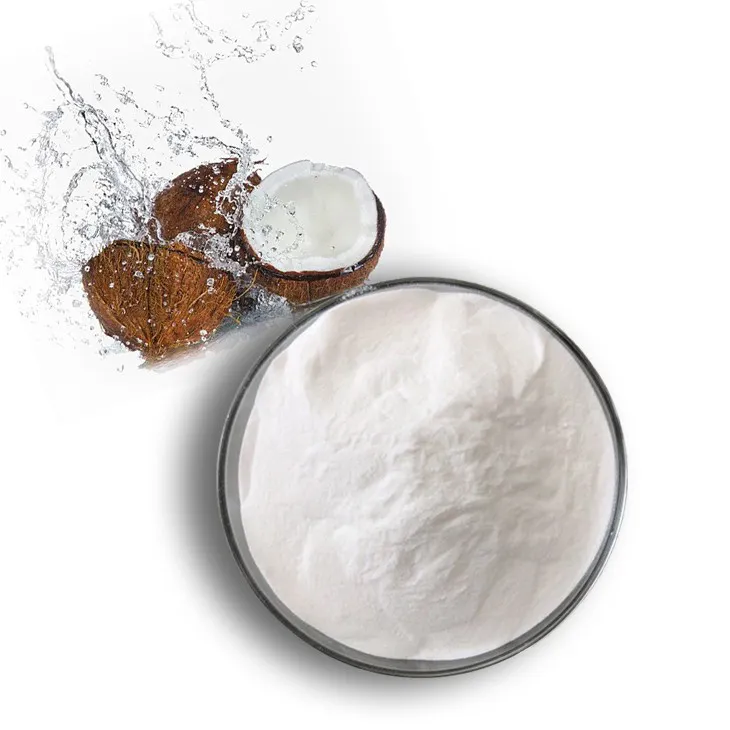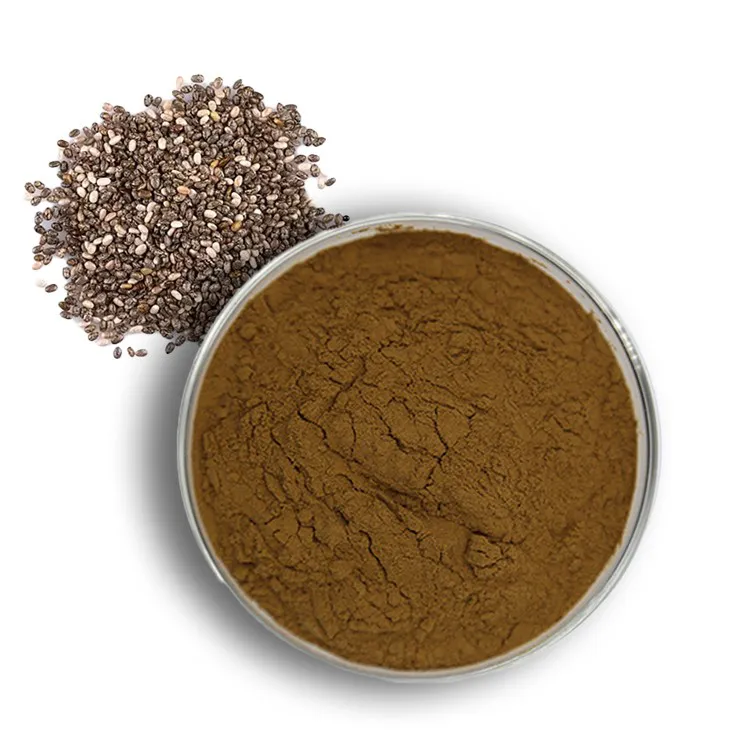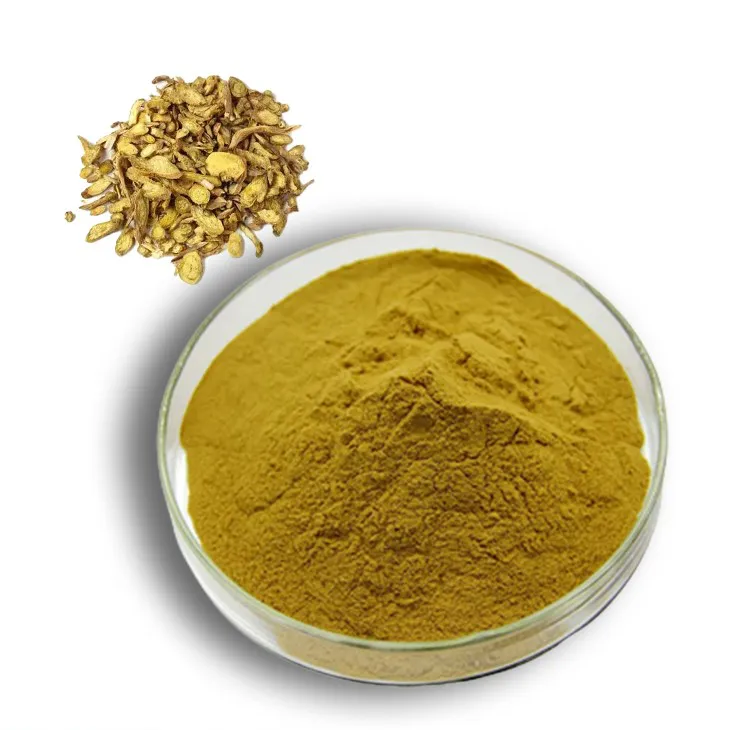- 0086-571-85302990
- sales@greenskybio.com
Four Main Methods for Extracting Vitamin B6 from Plants.
2024-12-17
1. Introduction
Vitamin B6 is an essential nutrient that plays a crucial role in various physiological processes in the human body. It is involved in amino acid metabolism, neurotransmitter synthesis, and immune function. While it can be obtained from various sources, plants are a significant source of Vitamin B6. Extracting Vitamin B6 from plants has become an important area of research, especially considering the growing demand for natural and plant - based nutrients. In this article, we will explore four main methods for extracting Vitamin B6 from plants, discussing their principles, advantages, and potential applications.
2. Solvent Extraction
2.1 Principle
Solvent extraction is one of the most common methods for extracting Vitamin B6 from plants. The principle behind this method is based on the solubility of Vitamin B6 in a particular solvent. Different solvents are used depending on the nature of the plant material and the target compound. Generally, organic solvents such as ethanol, methanol, or acetone are preferred as they can dissolve Vitamin B6 effectively. The plant material is first ground or crushed to increase the surface area, and then it is soaked in the solvent for a certain period. During this time, Vitamin B6 migrates from the plant matrix into the solvent due to the concentration gradient.
2.2 Procedure
- Harvest and clean the plant material. Remove any impurities such as dirt, leaves, or stems that are not part of the target tissue.
- Grind or crush the plant material into a fine powder. This can be done using a mortar and pestle or a mechanical grinder.
- Add the solvent to the powdered plant material in a suitable container. The ratio of plant material to solvent should be optimized based on preliminary experiments. For example, a common ratio could be 1:10 (plant material: solvent by weight).
- Seal the container and place it in a shaker or stirrer for a specific time period. This could range from a few hours to several days, depending on the plant species and the extraction efficiency. For example, for some leafy plants, 24 - 48 hours of shaking at room temperature may be sufficient.
- After the extraction period, filter the mixture to separate the solvent containing Vitamin B6 from the plant residue. This can be done using filter paper or a filtration apparatus such as a Buchner funnel.
- Concentrate the solvent - extract to obtain a more concentrated form of Vitamin B6. This can be achieved through evaporation techniques such as rotary evaporation.
2.3 Advantages
- It is a relatively simple and straightforward method that can be easily implemented in a laboratory or on a small - scale production level.
- High extraction efficiency can be achieved if the proper solvent and extraction conditions are selected.
- It can be used for a wide range of plant materials, as different solvents can be tailored to different plant types.
2.4 Limitations
- The use of organic solvents may pose safety and environmental concerns, especially when dealing with large - scale extraction.
- Some solvents may also extract other unwanted compounds along with Vitamin B6, which may require further purification steps.
3. Supercritical Fluid Extraction
3.1 Principle
Supercritical fluid extraction (SFE) is a more advanced extraction technique. Supercritical fluids have properties between those of a liquid and a gas. In the case of Vitamin B6 extraction from plants, carbon dioxide (CO₂) is often used as the supercritical fluid. At a specific temperature and pressure above its critical point, CO₂ exhibits high diffusivity and low viscosity, which allows it to penetrate deep into the plant matrix and extract Vitamin B6 effectively. The solubility of Vitamin B6 in the supercritical CO₂ can be enhanced by adding small amounts of modifiers such as ethanol.
3.2 Procedure
- Prepare the plant material in a similar way as in solvent extraction, by harvesting, cleaning, and grinding it into a fine powder.
- Load the plant powder into the extraction vessel of the SFE apparatus.
- Set the appropriate temperature and pressure conditions for CO₂ to reach its supercritical state. For example, the critical temperature of CO₂ is around 31.1°C and the critical pressure is about 73.8 bar. Usually, slightly higher temperatures and pressures may be used for better extraction efficiency, such as 40 - 60°C and 100 - 200 bar.
- If a modifier is required, introduce it into the system in a controlled manner.
- Allow the supercritical CO₂ to flow through the plant material for a certain period, typically ranging from 30 minutes to several hours.
- The extract containing Vitamin B6 is then collected in a separate vessel as the supercritical CO₂ loses its solvating power when the pressure and temperature are adjusted back to normal conditions.
3.3 Advantages
- It is a relatively clean and green extraction method as CO₂ is non - toxic, non - flammable, and easily available. The use of small amounts of modifiers also reduces the environmental impact compared to traditional solvent extraction.
- High selectivity can be achieved, which means that it can extract Vitamin B6 more specifically and reduce the extraction of unwanted compounds.
- The extracted product is of high quality as the supercritical fluid extraction conditions can be precisely controlled.
3.4 Limitations
- The SFE equipment is relatively expensive, which limits its widespread use in small - scale or low - budget laboratories or production facilities.
- The extraction process is more complex and requires specialized knowledge and skills to operate the equipment and optimize the extraction conditions.
4. Microwave - Assisted Extraction
4.1 Principle
Microwave - assisted extraction (MAE) utilizes microwave energy to enhance the extraction process. Microwaves can heat the plant material and the solvent simultaneously and selectively. When the plant material is exposed to microwaves, the polar molecules in it, such as water, start to vibrate rapidly. This internal heating causes the cell walls of the plant to rupture more easily, releasing Vitamin B6 into the solvent. Additionally, the increased temperature and pressure generated by the microwaves can also improve the mass transfer rate of Vitamin B6 from the plant matrix to the solvent.
4.2 Procedure
- Prepare the plant material as before, ensuring it is clean and ground into a fine powder.
- Place the plant powder and the solvent in a microwave - safe container. The choice of solvent is similar to that in solvent extraction, but some solvents may be more suitable for microwave - assisted extraction due to their dielectric properties. For example, ethanol is often a good choice.
- Seal the container and place it in the microwave oven. Set the appropriate microwave power and extraction time. The power can range from 200 - 1000 watts, and the extraction time can be from a few minutes to 30 minutes, depending on the plant material and the amount of sample. For example, for a small sample of leafy plants, a power of 500 watts for 10 minutes may be sufficient.
- After the extraction, cool the container to room temperature and then filter the mixture to separate the extract from the plant residue.
- Concentrate the extract if necessary using methods like rotary evaporation.
4.3 Advantages
- It is a rapid extraction method, significantly reducing the extraction time compared to traditional solvent extraction methods.
- It can also improve the extraction efficiency as the microwave - induced heating and pressure can enhance the release of Vitamin B6 from the plant cells.
- It is relatively energy - efficient compared to some other extraction methods.
4.4 Limitations
- The extraction may be non - uniform if the microwave field is not evenly distributed, which can lead to inconsistent extraction results.
- Some plant components may be degraded or altered by the high - intensity microwave radiation, which may affect the quality of the extracted Vitamin B6.
5. Enzyme - Assisted Extraction
5.1 Principle
Enzyme - assisted extraction involves the use of specific enzymes to break down the cell walls of plants and release Vitamin B6. Enzymes can selectively hydrolyze the polysaccharides and proteins in the plant cell walls, making it easier for Vitamin B6 to be extracted. Different enzymes can be used depending on the nature of the plant material. For example, cellulases can be used to break down cellulose in plant cell walls, and proteases can be used to hydrolyze proteins.
5.2 Procedure
- Prepare the plant material by harvesting, cleaning, and grinding it into a fine powder.
- Prepare an enzyme solution with the appropriate enzyme(s) based on the plant type. The enzyme concentration, pH, and temperature should be optimized for maximum activity. For example, for cellulase - assisted extraction, a typical enzyme concentration could be 1 - 5% (w/v), the pH could be around 4.5 - 5.5, and the temperature could be 40 - 50°C.
- Add the enzyme solution to the plant powder and incubate the mixture for a certain period. This incubation time can range from 1 - 24 hours, depending on the enzyme activity and the plant material. For example, for some fruits, 2 - 4 hours of incubation may be sufficient.
- After the incubation, add the solvent (such as ethanol or water) to the mixture to extract Vitamin B6. The extraction procedure is similar to that in solvent extraction, including filtration and concentration steps.
5.3 Advantages
- It is a more specific extraction method as the enzymes can target the cell wall components, reducing the extraction of unwanted compounds.
- It can be a milder extraction method compared to some physical - chemical methods, which may help to preserve the quality of the extracted Vitamin B6.
- It can be used for plants with complex cell wall structures where traditional extraction methods may be less effective.
5.4 Limitations
- The cost of enzymes can be relatively high, especially for large - scale extraction.
- The enzyme activity is highly dependent on environmental conditions such as pH and temperature, which require careful control during the extraction process.
6. Conclusion
Each of the four methods for extracting Vitamin B6 from plants - solvent extraction, supercritical fluid extraction, microwave - assisted extraction, and enzyme - assisted extraction - has its own unique advantages and limitations. The choice of method depends on various factors such as the nature of the plant material, the scale of extraction, cost considerations, and the desired quality of the final product. For small - scale laboratory research or when cost is a major constraint, solvent extraction may be a viable option. For large - scale production with an emphasis on environmental friendliness and high - quality product, supercritical fluid extraction may be more suitable. Microwave - assisted extraction offers a rapid and relatively energy - efficient alternative, while enzyme - assisted extraction can be beneficial for plants with complex cell wall structures. Continued research in this area is expected to further optimize these extraction methods and develop new techniques for more efficient and sustainable extraction of Vitamin B6 from plants.
FAQ:
What are the four main methods for extracting Vitamin B6 from plants?
The four main methods typically include solvent extraction, which uses appropriate solvents to dissolve and separate Vitamin B6 from plant materials. Another method could be enzymatic extraction, where specific enzymes are utilized to break down plant components and release Vitamin B6. Supercritical fluid extraction is also a possible method, using supercritical fluids like carbon dioxide to extract the vitamin. Additionally, microwave - assisted extraction can be employed, which uses microwave energy to enhance the extraction process.
Why is it important to extract Vitamin B6 from plants?
Extracting Vitamin B6 from plants is important for several reasons. Firstly, Vitamin B6 is an essential nutrient for human health, involved in various physiological processes such as metabolism of amino acids, neurotransmitter synthesis, and immune function. By extracting it from plants, we can obtain a natural source of this vitamin for use in dietary supplements, fortified foods, and pharmaceuticals. Secondly, plants are a rich and renewable source of Vitamin B6, making extraction from them a sustainable option compared to synthetic production.
What factors can affect the efficiency of Vitamin B6 extraction from plants?
Several factors can influence the efficiency of Vitamin B6 extraction from plants. The type of plant material used is crucial, as different plants may have different levels and forms of Vitamin B6, and some may be more amenable to extraction than others. The extraction method itself, such as the choice of solvent, enzyme, or extraction conditions (temperature, pressure, time) can significantly impact the extraction efficiency. Also, the pre - treatment of plant materials, like drying, grinding, or pre - extraction washing, can affect how easily Vitamin B6 can be extracted.
Are there any limitations to the existing methods of Vitamin B6 extraction from plants?
Yes, there are limitations. For example, solvent extraction may require the use of organic solvents which can be toxic and require careful handling and disposal. Enzymatic extraction may be costly due to the need for specific enzymes. Supercritical fluid extraction often requires expensive equipment and complex operating procedures. Microwave - assisted extraction may not be suitable for all types of plant materials and may also require careful control of microwave parameters to avoid over - extraction or degradation of Vitamin B6.
How can the quality of Vitamin B6 extracted from plants be ensured?
To ensure the quality of Vitamin B6 extracted from plants, strict quality control measures should be implemented. This includes proper identification and sourcing of plant materials to ensure they are rich in Vitamin B6 and free from contaminants. During the extraction process, accurate control of extraction conditions such as temperature, time, and solvent ratios is necessary to prevent degradation of the vitamin. After extraction, purification steps may be required to remove any impurities or by - products. Additionally, analytical methods such as chromatography can be used to accurately measure the amount and purity of Vitamin B6 in the final extract.
Related literature
- Vitamin B6: Plant Sources, Bioavailability and Health Benefits"
- "Advanced Techniques for Nutrient Extraction from Plants: Focus on Vitamin B6"
- "The Role of Plants in Vitamin B6 Production and Extraction"
- ▶ Hesperidin
- ▶ Citrus Bioflavonoids
- ▶ Plant Extract
- ▶ lycopene
- ▶ Diosmin
- ▶ Grape seed extract
- ▶ Sea buckthorn Juice Powder
- ▶ Fruit Juice Powder
- ▶ Hops Extract
- ▶ Artichoke Extract
- ▶ Mushroom extract
- ▶ Astaxanthin
- ▶ Green Tea Extract
- ▶ Curcumin
- ▶ Horse Chestnut Extract
- ▶ Other Product
- ▶ Boswellia Serrata Extract
- ▶ Resveratrol
- ▶ Marigold Extract
- ▶ Grape Leaf Extract
- ▶ New Product
- ▶ Aminolevulinic acid
- ▶ Cranberry Extract
- ▶ Red Yeast Rice
- ▶ Red Wine Extract
-
Tormentil Extract
2024-12-17
-
Fenugreek Extract Powder
2024-12-17
-
Red Date Extract
2024-12-17
-
Lemon Juice Powder
2024-12-17
-
Thunder God Vine Extract
2024-12-17
-
Coconut Water Powder
2024-12-17
-
Mulberry Extract
2024-12-17
-
Chia Seed Powder
2024-12-17
-
Baicalin
2024-12-17
-
Alisma Extract
2024-12-17












